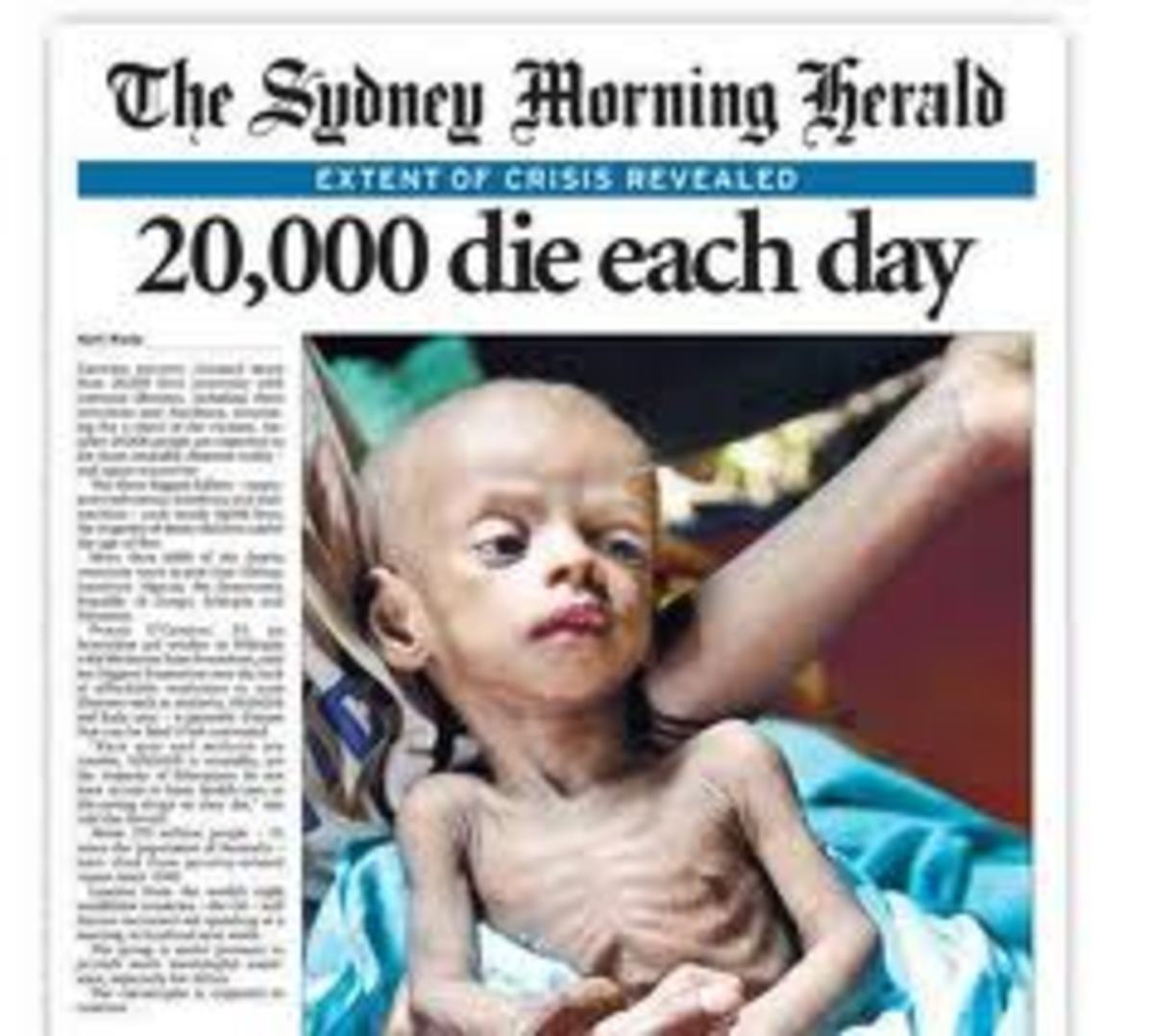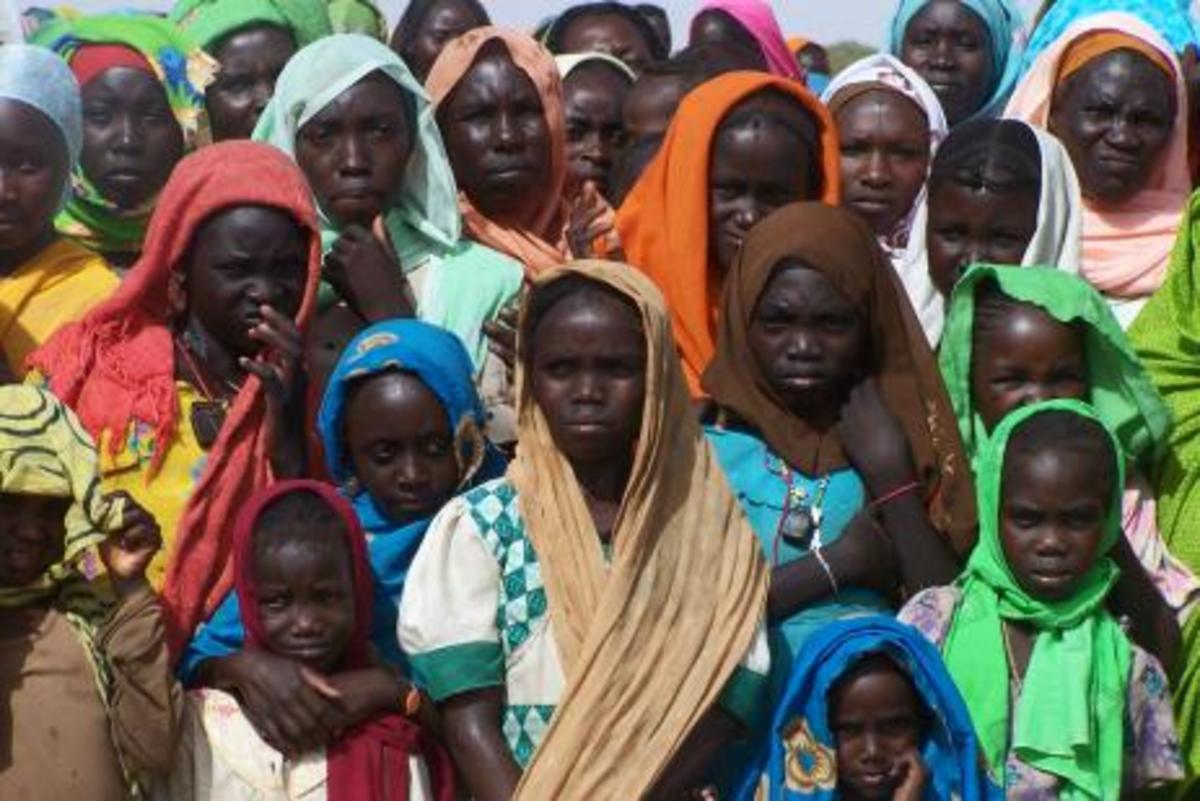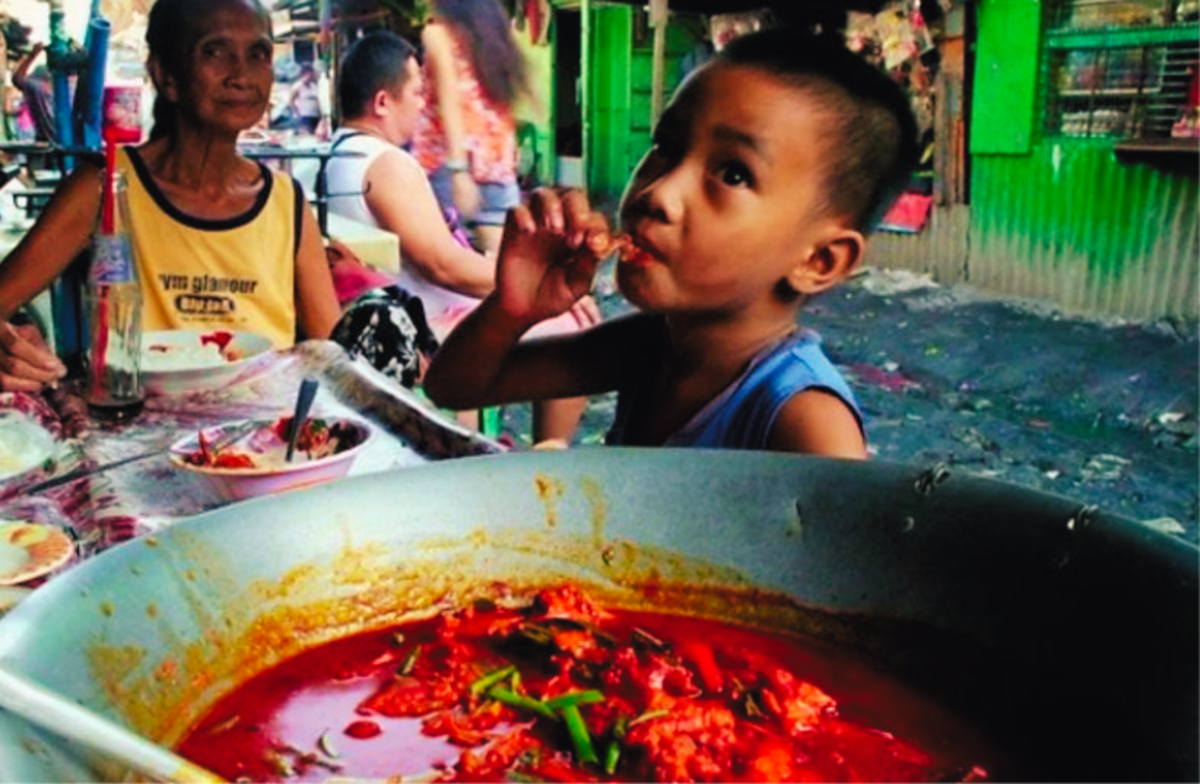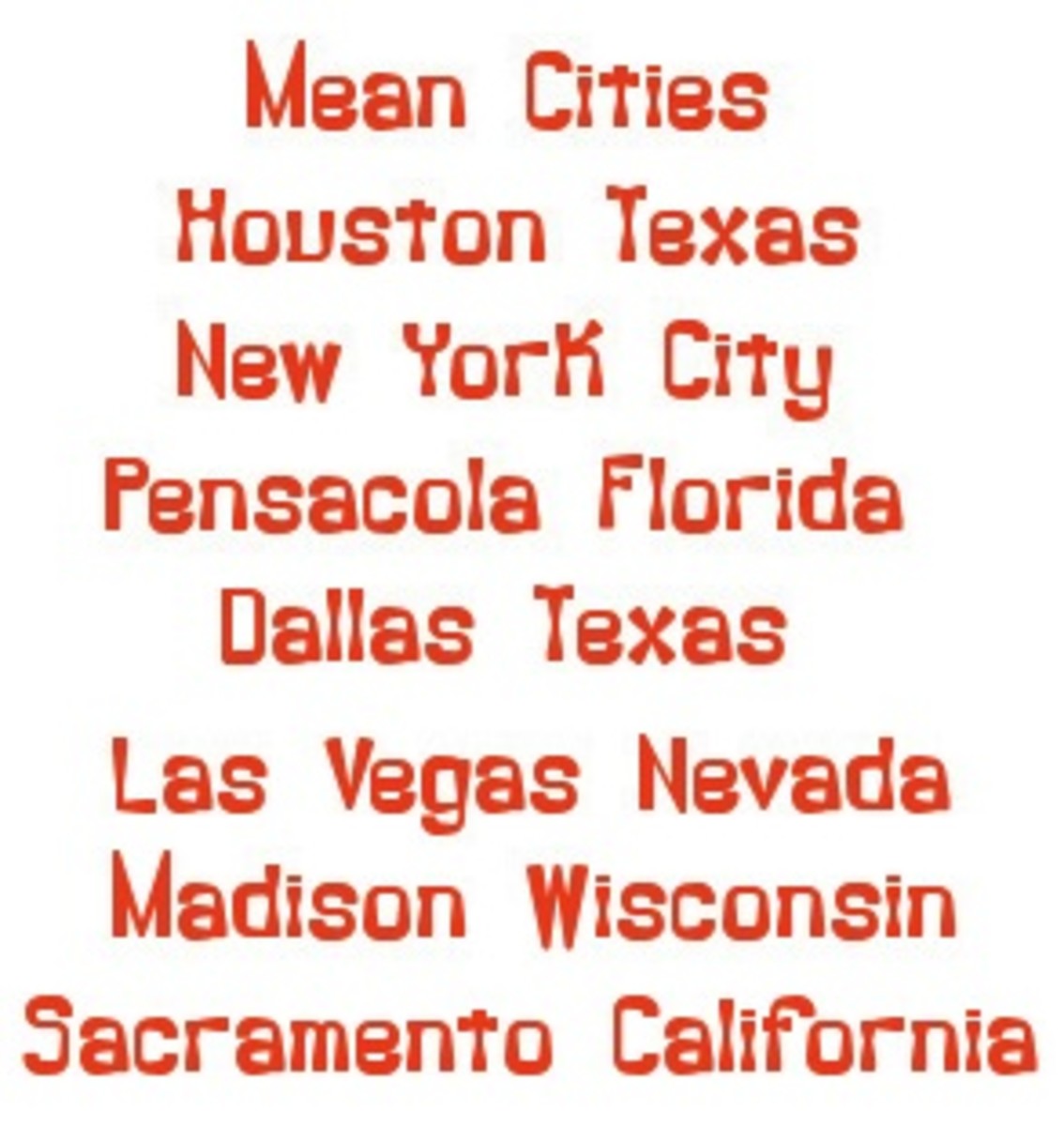Poorest Regions of the World: Afghanistan and Darfur
According to Sachs, Afghanistan presents a difficult case, as she has been trapped in poverty, environmental degradation, and over population for decades because Afghanistan missed out on the opportunity of development for she remained trapped in the battle of super power rivalry during the cold war days. Afghanistan in central Asia and Darfur region in Africa are comparable in scale of violence and extreme level of poverty, lacking the basic infrastructure. Elimination of extreme poverty could lead to lasting peace in Darfur beginning with quick impact interventions. The steps needed for quick impact measures includes agricultural, educational, and health intervention measures.
The analysis of the causes of poverty and the remedial measures that Sachs outlines may be interesting. It might even work as he offers the practical examples. However, it may be argued that Sachs fails to outline the conditions that caused poverty in the first place. The causes are institutional and structural in nature. Therefore, it may be necessary to bring about institutional and structural reforms. The first among these is the extreme inequalities the African nations suffer from. Inequalities not only hamper growth in the short term but go on increasing over the time. There must be legal and social reforms to bring down the extreme inequalities in poorer regions.
It may be noted that countries like Kenya, Nigeria, and Tanzania enjoyed periods of growth during 1980s, and 1990s. However, their “poverty reducing effects were partially undone by rising inequalities. In Kenya, for example, the estimates indicate that economic growth in 1981-1991 would, other things being equal, have reduced the headcount index of poverty by over 6 percentage points”. However, since equalities worsened during the same period leading to the raise of head count poverty by 3.5 points, therefore, combining growth and inequality left “a net improvement in the poverty count of under 3 percentage points”.
In context of Sachs’ discussion on remedial measures against poverty, an extensive discussion on socio-economic and legal reforms aimed at transformation might have further added to the value of his work. For instance, an in-depth discussion on land reforms, and legal measures in Asian economies like India to bring down structurally embedded inequalities might have been more useful.
The concept of inequality runs through a gamut of socio-economic spheres. There exists not only unequal distribution of wealth in these nations, but social inequalities are reflected in neglected elderly and disabled in fairly large number with no social support system and network to care for them. The large population of disabled and elderly in sub-Saharan African nations are unable to work. It would be some interest for these nations to embark upon a program to enable this group out of the poverty trap. The programs based on empowerment and infrastructure might simply fail to touch this indigent group. In a recent study in Uganda, it was found that the incidence of poverty was 15-44 percent higher in households with disabled head. In urban areas, the probability of poverty among people who live with a disabled head was 60 per cent higher in comparison to a non-disabled household head. Also, the elderly people are routinely discriminated against when extending the benefits of institutional policies in these nations leading to higher incidence of poverty.
There are a large number of households in Africa with no earning member. The cause may be found in severe health issues. The problem of health in Africa is in fact more severe than depicted by Sachs. It runs deeper than the suggested solution of low investment in malaria and tuberculosis eradication programs. The menace of HIV/AIDS in Sub-Saharan Africa has rendered more and more families with only the young and the old because the adults workers and wage earners have become the victims of AIDS. “In 20 of 28 countries of Africa and Latin America, more than one-fifth of orphaned children were found to be living with their grand parents. This was the case for 40 percent of orphaned children in South Africa and Uganda and more than 50 percent in Zimbabwe”.
Of the several causes of poverty in Africa, the one most neglected and in fact untouched by Sachs is that Africa has suffered disproportionately from global ecological crisis and its fallout, leading to severe pressure on resources. It has also meant destruction of immense ecological asset that Africa was endowed with. The negative fall out of ecological degradation in Africa can be witnessed in numerous violent ethnic and tribal conflicts. The recommendation of World Bank “Make poverty, gender, and environmental issues the heart of macroeconomic and sectoral strategies--not "add-ons” is especially crucial here. One of the major reasons identified by the World Bank for poverty in Sub-Saharan Africa is the “failure of many African governments to define poverty reduction as their central objective is a major shortcoming”. It is crucial for the stake holders to address their concern and show commitment through their involvement.









